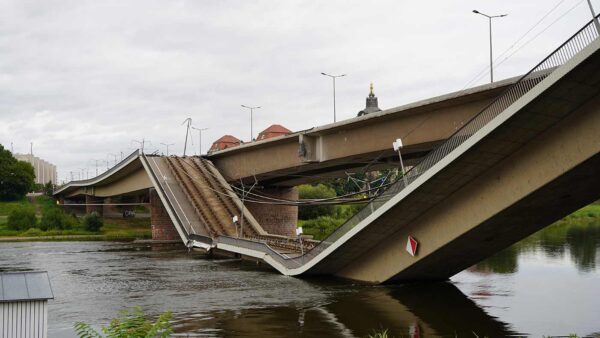Despite the tragic impact of Covid-19 on New York City, total construction spending there is forecast to exceed spending in eight of the past 10 years, calculates the New York Building Congress.
It should reach $55.5bn this year, which is an 8.5% drop from 2019’s $60.6bn outlay – some $4.1bn – but if the congress is right, it will match 2017’s then-record-breaking total.
The congress predicts two further good years after 2020: it says spending should reach $56.9bn in 2021 and $56.1bn in 2022.
“While New York City was one of the hardest-hit areas in the US and is still reeling from the effects of Covid-19, the building industry is weathering the storm and remains the heartbeat of the city’s economy,” said Carlo A. Scissura, president and chief executive of the New York Building Congress.
“This report evidences both the resiliency of the building industry and that investment in infrastructure creates jobs and boosts economic recovery. The Building Congress will continue working to ensure that this growth lasts for years to come.”
Construction employment is expected to drop to 128,200 in 2020, slightly below 2014 levels, the congress said in report, “Construction Outlook 2020-2022”.
However, employment will bounce back in 2021 and 2022 to 136,650 and 140,200 jobs, respectively.
Compared to the three-year period 2017-19, the forecasted years of 2020-2022 are expected to average 14% fewer jobs.
The congress anticipates $17.8bn in residential construction spending this year, down from a peak of $19.7bn in 2019.
From 2020 to 2022, residential construction is expected to add 50,450 new housing units, with 20,450 units in 2020 and 15,000 units in each subsequent year.
Compared to 2017-19, the forecasted period will likely result in 33% fewer new housing units and a 14% drop in square feet of floorspace built.
Â
Non-residential construction spending, including offices, institutional development, sports, entertainment and hotels, is expected to total $16.6bn in 2020, down from $21.2bn in 2019.
Office construction, which traditionally accounts for half of non-residential spending, is predicted to increase in 2021 and decline in 2022.
Spending will be driven by an increase in interior renovations and a decline in core and shell construction.
The Building Congress also expects a portion of new office starts to be pushed past the forecasted timeframe into 2023 and 2024.
It expects Metropolitan Transportation Authority spending in the five boroughs to increase to $8.7bn this year from $8bn in 2019.
The Port Authority of New York & New Jersey is expected to invest $3.5bn this year in capital projects, up from $2.1bn in 2019.
The congress notes that final capital expenditures are heavily dependent on federal aid; its forecast assumes the MTA and Port Authority will attain all or most of funds requested.
Image: Scaffolding on Park Avenue, New York City (Clay LeConey/Unsplash)
Snapshot: New York’s year of Covid










